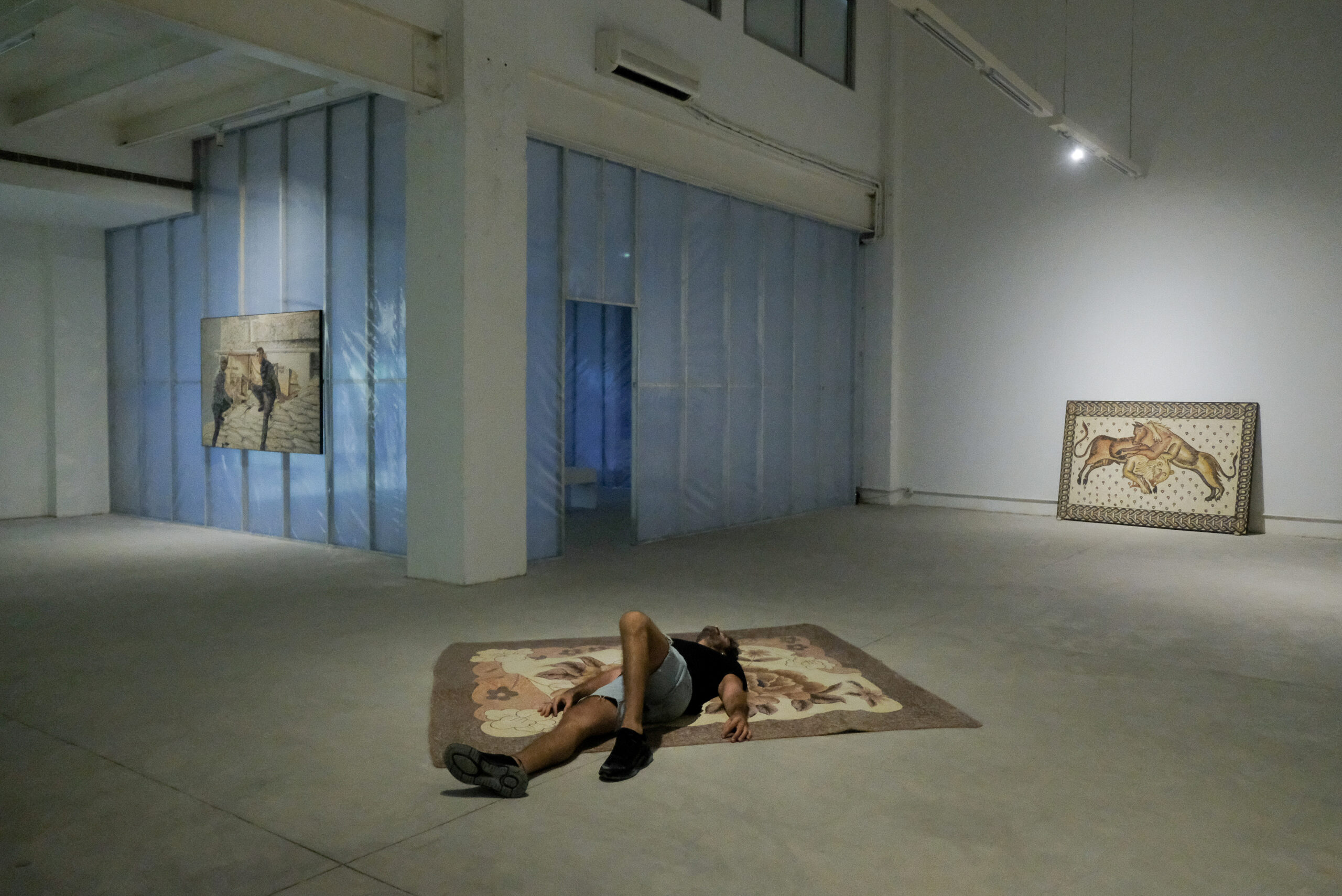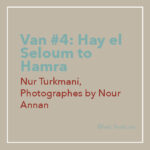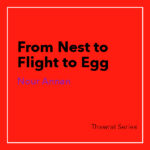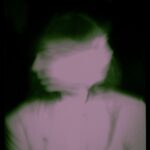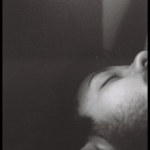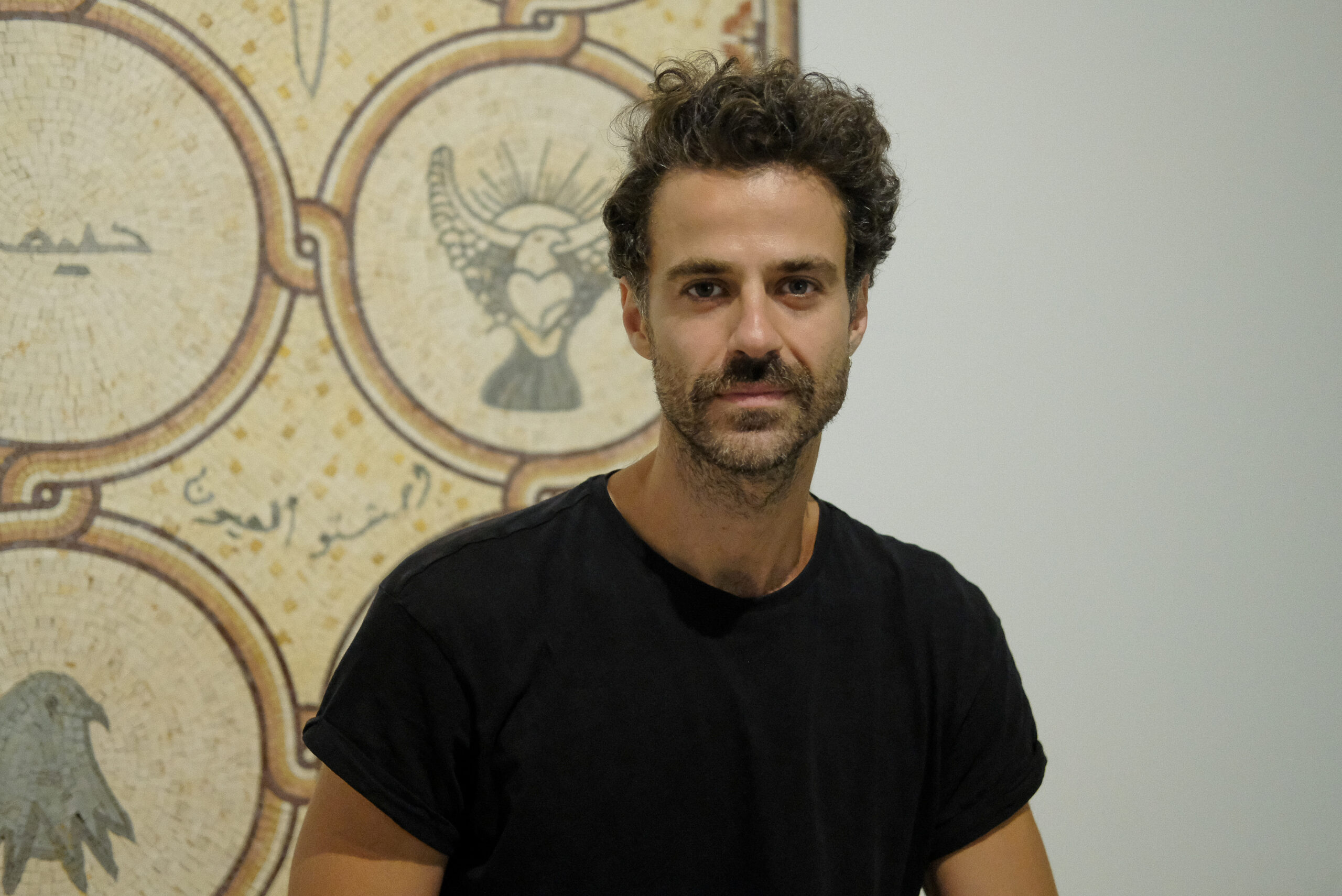
On a hot July afternoon in Beirut, I met with Omar Mismar at the Beirut Art Center for a tour of his recent body of work, Confiscated Imaginaries. In a quiet gallery space reminiscent of a building under construction, Confiscated Imaginaries presents a film (Abou Farid’s War), a viewing apparatus (A Dubious Prototype), and a series of mosaics (Studies in Mosaics Series, Syria) that reflect on the politics of memory and the aesthetics of disaster in the aftermath of conflict and crisis in Syria.
Omar Mismar is a visual artist based in Beirut. His practice is project-driven, probing the entanglement of art and politics, and the aesthetics of disaster. Mismar takes up conflict and its representations via form deliberations, material interventions, and translation strategies, using the performative as gesture and rehearsal. He was the recipient of the research faculty development grant from OSUN Center for Human Rights and the Arts at Bard College.
Nour: Tell me about the Dubious Prototype. How did this apparatus come to be?
Omar: A Dubious Prototype is an apparatus that contains different drawings by people that I met in a refugee camp in the town of Qab Elias in the Bekaa Valley. People who came from different parts of Syria, from Deir el Zor, Reef Halab, Homs, and other cities. In 2018, Bashar al Assad issued Law no.10 that allows the regime to allocate particular areas in Syria for redevelopment. If people have properties in that area, they have to provide proof of ownership within 30 days or they will lose their home. They later extended the 30-day period to a year, but still, this is a law of ethnic cleansing that prevents people from returning, especially those who escaped, who were living in makeshift homes, or illegally living in homes through generations. If you look at this home, for example, you can trace it; here is the room, here is the garden…
In the shadow of all this, the idea of evidence enters into crisis. How do you prove the lives and memories lived in these homes? This work is an attempt to propose an alternative body of evidence, one based on memories and imagination. It is also dubious because it doesn’t project anything really. Based on a carousel projector, it was technically developed by Sevag Babikian with design implementation by Vrouyr Joubanian. The apparatus is programmed such that it moves and picks up a slide randomly, drops it in front of the lightbulb, and then illuminates it. Through this mechanism, the projection is also confiscated.
N: After you collected the drawings, why did you choose this particular way to display them?
O: I didn’t want to display or exhibit these drawings on the wall as framed art pieces, falling into a discourse that might be content in “elevating” and uncritically celebrating what refugees do. One way of navigating this was not to stop at showing them as drawings on their own, but to build this apparatus around them, to implicate them in mechanisms—frail as they may be—of representation, documentation, and safekeeping.
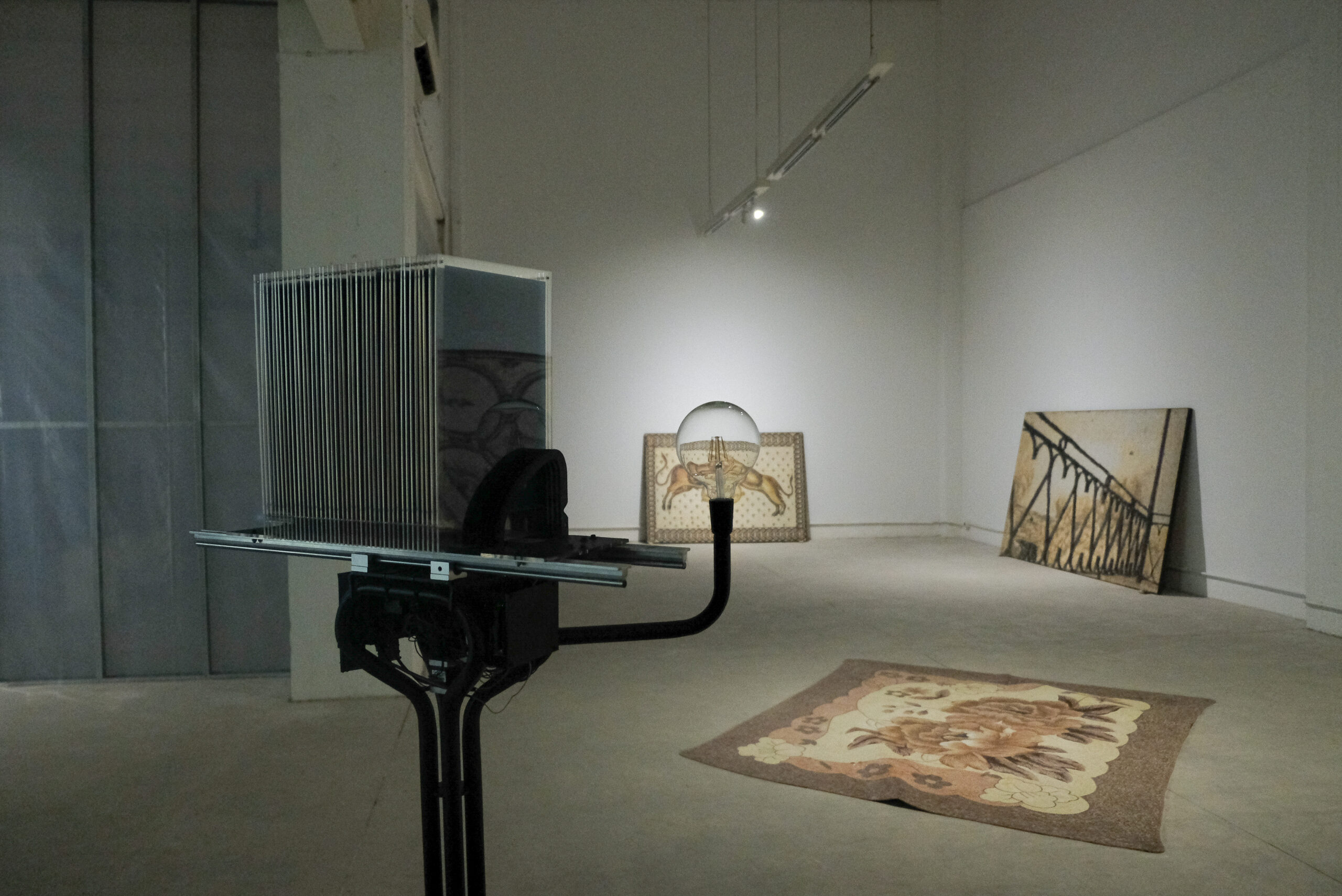
N: When I look at these two mosaics, my eye is immediately drawn to the text inscriptions. Was this a central part of the image, or a later addition?
O: I collaborated with master mosaicist Abdel Moneim Barakat (Abou Amir) to create these works, such as this mosaic [I’ll Take Touching You Cold Over Never Seeing You], which is inspired by the individuals that I met in the refugee camp in Qab Elias. You see this traditional frame common to Roman and Byzantine mosaics, such as the ones we see in Beiteddine, but I replace the drawings inside with reproductions of the tattoos of the people that I met in the camp.
In Looting Scene (Last Seen 2014), the original mosaic lay in a church in Syria. The shabab, the archeology conservationists, took a picture of it, and then after a few years when they returned to look for it, they found that it had disappeared; the mosaic was looted. So they sent a message on WhatsApp of the image that they had previously taken, with the text: “I am sorry!!!!!” This mosaic here reproduces this moment of loss and exchange using the photo of the mosaic on the floor taken in perspective along with the message.
N: What about the Fantastical Scene mosaic? It does look much more traditional.
O: This one is based on common scenes in the mosaics of the Mediterranean region, hunting scenes of various animals, like a lion chasing a bull. Here, I replicate such a scene but I flip the heads of the bull and the lion, so that the head of the bull is on the body of the lion and vice versa. And it is entitled Fantastical Scene, wishfully inverting the eternal roles of the predator and prey.
N: Let’s talk about Hunting Scene: (Still from a YouTube video of a barrel bomb falling on Daraya).
O: This mosaic is based on the still of a YouTube video, where someone was filming from their balcony in Daraya as the barrel bombs were falling on their city. As a still from a YouTube video, you can see the artifacts, the jpeg compression through the purple color here. Each mosaic stone is one centimeter, which is also equal to one pixel. The idea is to re-think the mosaic craft from a digital contemporary perspective.
N: There’s a lot of discourse surrounding citizen journalism in the intersection of human rights and the arts. I’m wondering how you place this work that turns a video depicting moments of violence and tragedy into “museum-worthy” art. I’m seeing this political imagery, but it also seems kind of ironic to make such a beautiful and intricate craft, hearts included, from such a moment of terror.
O: I don’t think the issue is whether the work is “museum-worthy” or not. You could turn such moments into different kinds of art, in and out of the museum, and still be pressed by the same questions and anxieties. Translating such a moment from the YouTube video into an intricate and beautiful craft does not by default extract the weight of the moment or its political meaning, nor does it favor the beautiful over the terrible. I believe these binaries are much more intricate and complicit with one another. The heart-shaped balcony rail in the video filmed, inadvertently, as framing a smoke cloud in its vicinity was in fact a curious point of attraction for me precisely because it crystallized these layers and complexities. Surely the work does not aim to commodify this moment for the sake of a beautiful canvas; it does however seek the beautiful in the terrible, not to naively trivialize the terrible nor to redeem it with beauty, but to expand and understand the meaning and role of both as we try to fathom the event of a barrel bomb falling on Daraya and someone witnessing, filming, and uploading it. As documents, mosaics commemorate, celebrate, and depict deeds, heroes, wars and tragedies… This work builds on such tradition while dragging it into and staining it with our great messy digital moment.
N: It was found on YouTube after all.
O: Yes, and it is named Hunting Scene: (Still from a YouTube video of a barrel bomb falling on Daraya). While this [Fantastical Scene] is a hunting scene, this is also a hunting scene, it is a regime hunting its own people.
N: Surely there is something more palatable about the symbolic and allegorical violence than the real images.
O: A big part of this work are these formal studies and aesthetic considerations, which are rooted in the political context. We cannot disassociate the pixelated image from where it was taken and filmed, by whom, with what, and in what context of urgency. The form and context become superimposed. A big part of the proposition here is to open up the craft of the mosaic into contemporary considerations, into current crises and conflicts.
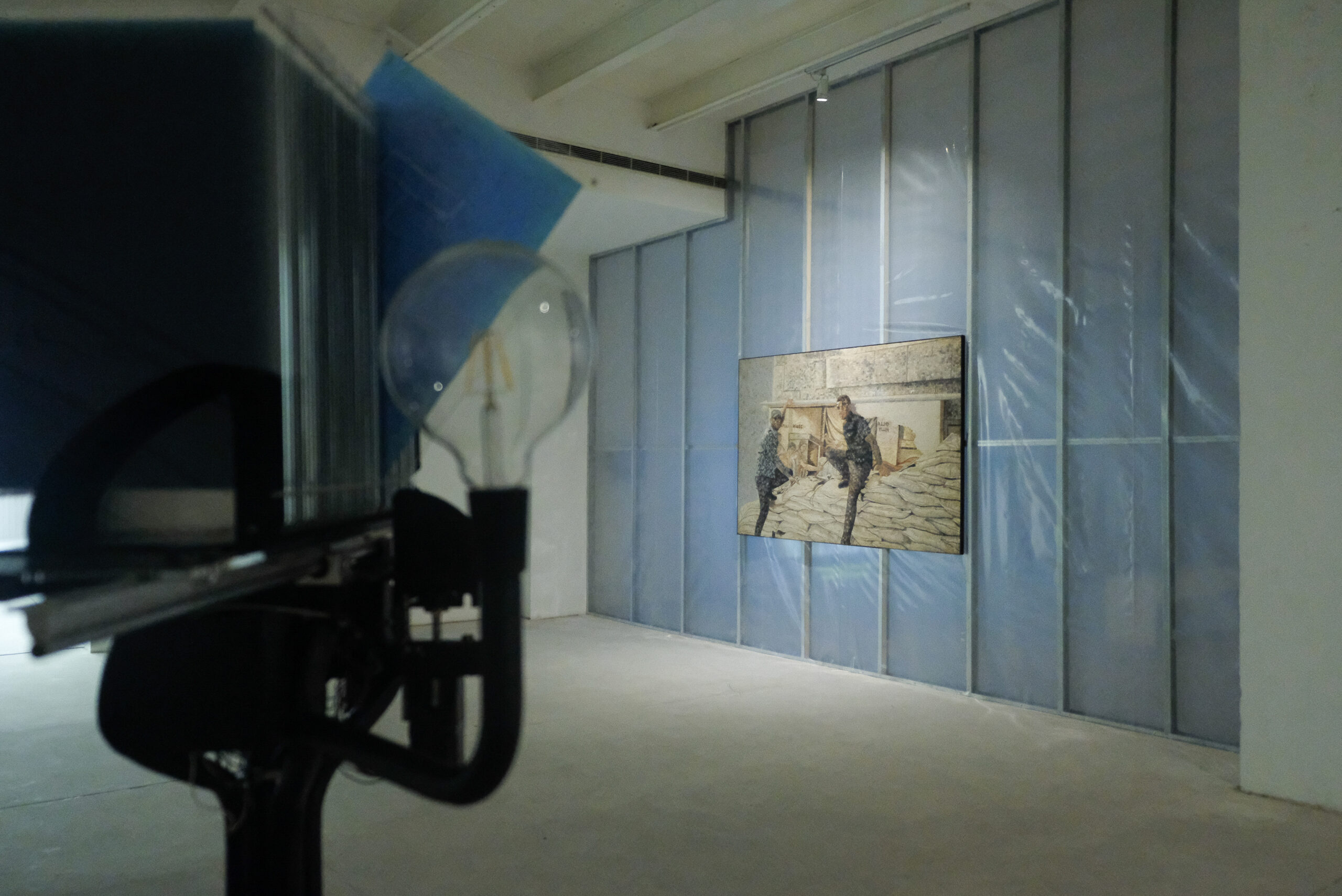
N: Was this type of image very new for the mosaicists you were working with?
O: Yes. With Ahmad and Akram Protecting Hercules, I asked Abou Amir to obscure the faces in the mosaics to hide their identities. Such an iconoclastic move was practiced in the Byzantine Empire among other and later places. Figuration was prohibited, so the silhouette of the figures in the older mosaics was retained but the stones within it reshuffled. If you look at the faces of Ahmad and Akram, they seem blurred.
This was difficult for Abou Amir; he didn’t want to deface the figures. Same thing with Fantastical Scene, the flipping of the heads was questioned. But this process was rewarding in the exchange it demanded between a contemporary artist and a traditional mosaicist.
N: Can you tell me more about the blanket mosaic on the floor?
O: This work was specifically done for this exhibition. It is based on these minky polyester blankets that many of us have. Light but bulky, such blankets are a common household item that travel with refugees and immigrants despite the journey, offering warmth and a sense of familiarity. In springtime, the blankets are hung on laundry ropes in the sun to air and disinfect. A lot of these blankets used to be made in Syria as well, it was a main export. I read them as signs or emblems of displacement. Some call them immigrant blankets.
N: Each one of these pieces presents some kind of subversion. Here, the pixel for the tessera. Over here, the inversion of characters. It all challenges the classical form of the mosaic, a new iteration.
O: Yes the series is titled Studies in Mosaics, Syria. In each piece, I was trying a different kind of maneuver or edit onto the mosaic craft.
N: How did you come to work with these individuals, and on this craft in particular?
O: I was following as much as possible what was happening in Syria, and I read an article about a group of men, who they named Syrian “Monuments Men.” They were a group of individuals who consolidated their efforts, expertise, and lives to safeguard the mosaic pieces at the museum of Maarat al-Numan in Idlib, Syria, from the regime’s raids and bombings. This act of turning towards the mosaics amidst the war stuck with me, not only because it floated above what has become a uniform sea of news and images and numbers on Syria, but also because it crystallized a relationship between art and politics and war—which is a topic that I come back to recurrently—that was urgent, direct, and utilitarian; a relationship that I critiqued, dodged, or circumvented in other works seeking the indirect, the reflective, and the poetic. I was curious to meet them and understand what they do and their relationship to the artworks. I got in touch with professor Amr El Azem, who put me in touch with Abou Farid, and there the conversation started.
I had been thinking about the mosaics as pixels since 2015, but it wasn’t until I met Abou Amir that I could put this idea to practice. With him, I had access to the craft, to a visual language hailing from a long lineage of tradition and practice. Part of the research entailed looking at and reading about ancient mosaics, to better understand their codes and how they signify, to eventually be able to play with or expand such signification. And a big part was discussing the craft with Abou Amir, its limitations and possibilities.
N: What was the process like logistically? Were you working together remotely?
O: Abdel Moneim and his son Amir were updating me on the process and progress remotely as I was providing them with images and artwork. They start from the image, cover it with plastic and mesh, and then cut the stones and stick them onto the mesh.
The mosaicist’s work and input was really essential. These mosaics could have been done by another mosaicist but they would be totally different. His skill, grasp of color, knowledge of stones… It was all crucial to this work. You can see his eye for detail in Hunting Scene. He was adamant on finding the best way to create the dust through the subtle variations of stone colors and shadows in order to construct an intricately pixelated image.
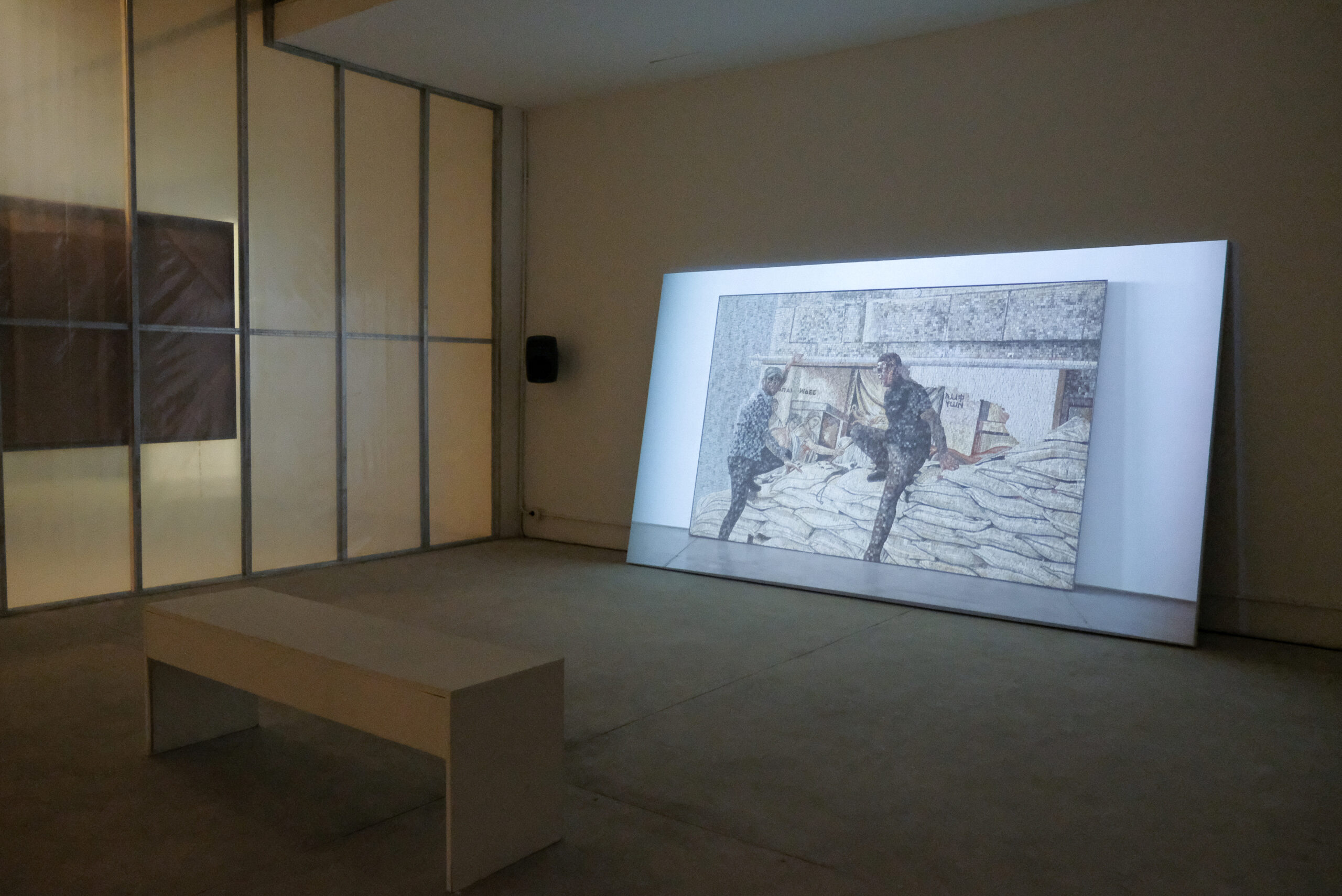
N: Are these clips [in Abou Farid’s War] from a previous installation?
O: No, I shot the sequences at Letitia Gallery and Ashkal Alwan. The mosaics were planned to be exhibited in a show in 2019 curated by Amanda Abi Khalil at Letitia Gallery. But between the uprising in Lebanon, the economic collapse, and the port explosion, the show was canceled.
N: How did the video come to happen? Did you feel like you needed something to accompany these works to provide more information, or did you work on it separately?
O: We were in the middle of lockdown, and we were doing everything on Zoom. The mosaics had been in storage for two years by then. I had this possibility, a commission from TBA21 and Askhal Alwan, to create a video work. I felt that the mosaics project was halted, but I could still think around it, create discourse around it and take it to another place. And this was possible with Abou Farid’s War. The video unravels as a Zoom conversation with Abou Farid, where he shares his images and we discuss them as they flicker between the digital images, the projector slides, YouTube stills, and these mosaics.
Before the video, we had these mosaics and the source images without their background or context. With the video I sought not to necessarily explain, but to show, if you will, the electric wires behind the work; to reveal the relationships and dialogues that led to these mosaics while also reflecting and intervening on the production and circulation of images and artifacts in times of war.
N: When we were walking through the mosaics, the sound and flickering image of the video could be heard and seen through the transparent walls. When it came to this gallery specifically, were you mimicking the construction/reconstruction of these spaces?
O: We see this state a lot in the video. Things on the move, temporary, in process, destroyed, makeshift. For the scenography at BAC, we built on the idea of extraction—the way these mosaics get extracted from the ground. We extract the gallery walls, exposing their structures, and cover them with plastic sheets as additional provisional and transparent mediations amidst the works.
As we conclude our conversation, Omar lays down on the stone minky blanket in the center of the exhibition, listening to Abou Farid walk us through the process once again.
Confiscated Imaginaries by Omar Mismar is showing at the Beirut Art Center until October 2022.
A digital pamphlet can be found online at beirutartcenter.org/event/omar-mismar-confiscated-imaginaries

Nour Annan
Nour Annan is a writer and interdisciplinary artist based between Beirut and New York.




